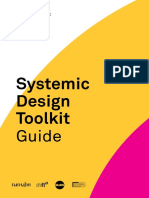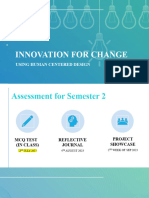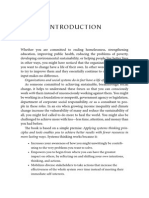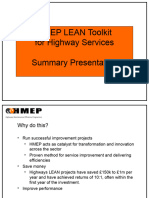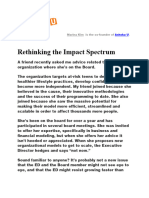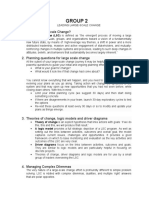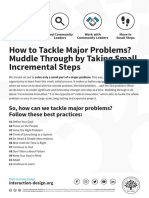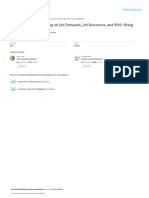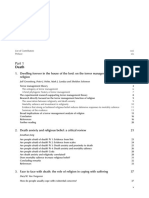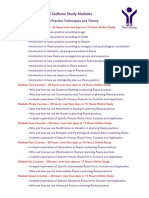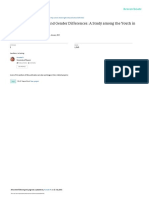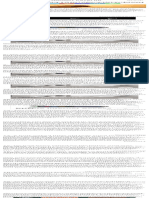0% found this document useful (0 votes)
7 views20 pagesSDC SystemicDesign Session5
The document outlines a session focused on systemic design for addressing complexity, emphasizing tools like Intervention Strategy and Outcome Map to explore solution spaces. It discusses methods for identifying leverage points for system change and visualizing activities and outcomes to achieve desired impacts. Homework involves preparing group presentations on findings and strategies related to systemic value change, scheduled for November 18.
Uploaded by
Adrian SchmidCopyright
© © All Rights Reserved
We take content rights seriously. If you suspect this is your content, claim it here.
Available Formats
Download as PDF, TXT or read online on Scribd
0% found this document useful (0 votes)
7 views20 pagesSDC SystemicDesign Session5
The document outlines a session focused on systemic design for addressing complexity, emphasizing tools like Intervention Strategy and Outcome Map to explore solution spaces. It discusses methods for identifying leverage points for system change and visualizing activities and outcomes to achieve desired impacts. Homework involves preparing group presentations on findings and strategies related to systemic value change, scheduled for November 18.
Uploaded by
Adrian SchmidCopyright
© © All Rights Reserved
We take content rights seriously. If you suspect this is your content, claim it here.
Available Formats
Download as PDF, TXT or read online on Scribd
/ 20
